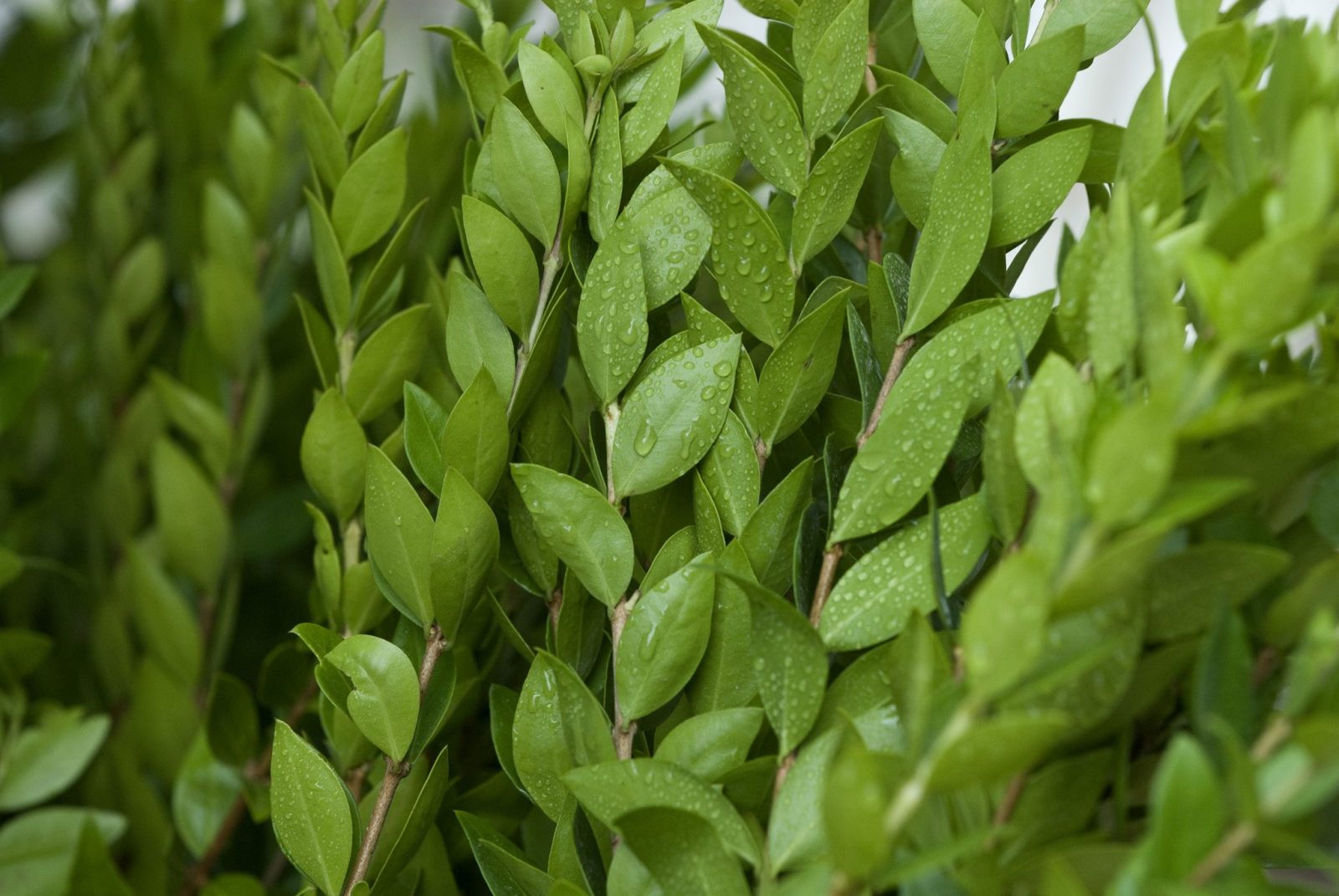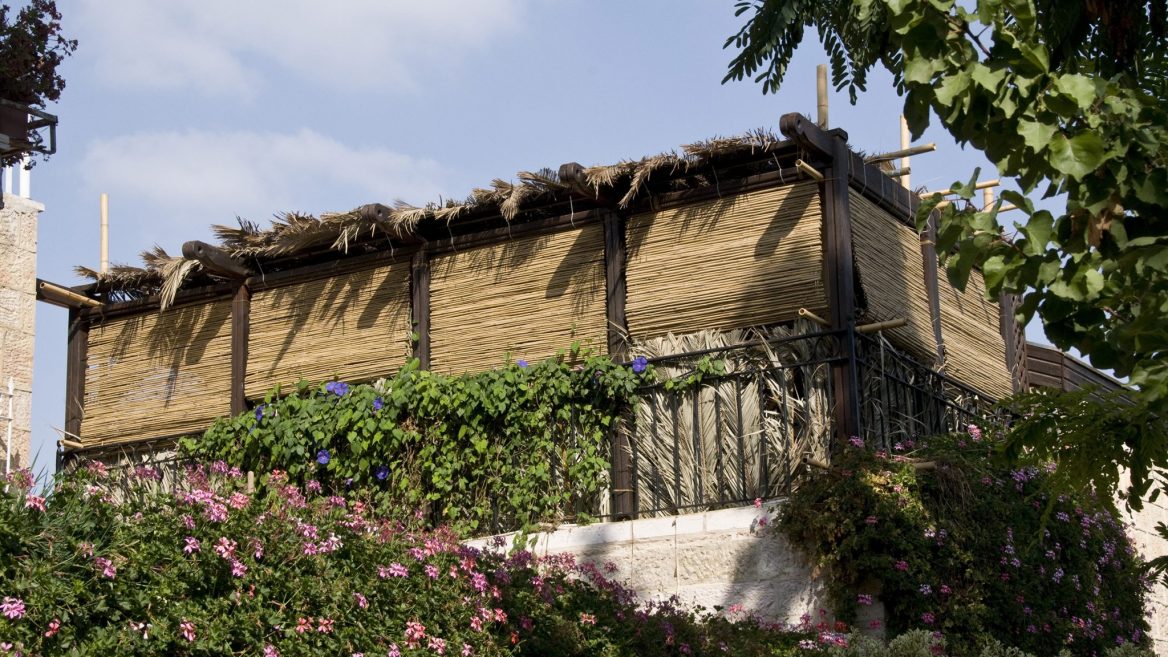Green is the color of fall in Israel, green with a hint of yellow. It’s been that way for centuries, though not on account of the mild Mediterranean climate. The colors of fall in Israel are steeped in Jewish tradition and a commandment from the Torah that Jews commemorate the time our ancestors lived in the desert, in temporary shelters called sukkot, as they journeyed from Egypt to the Land of Israel.
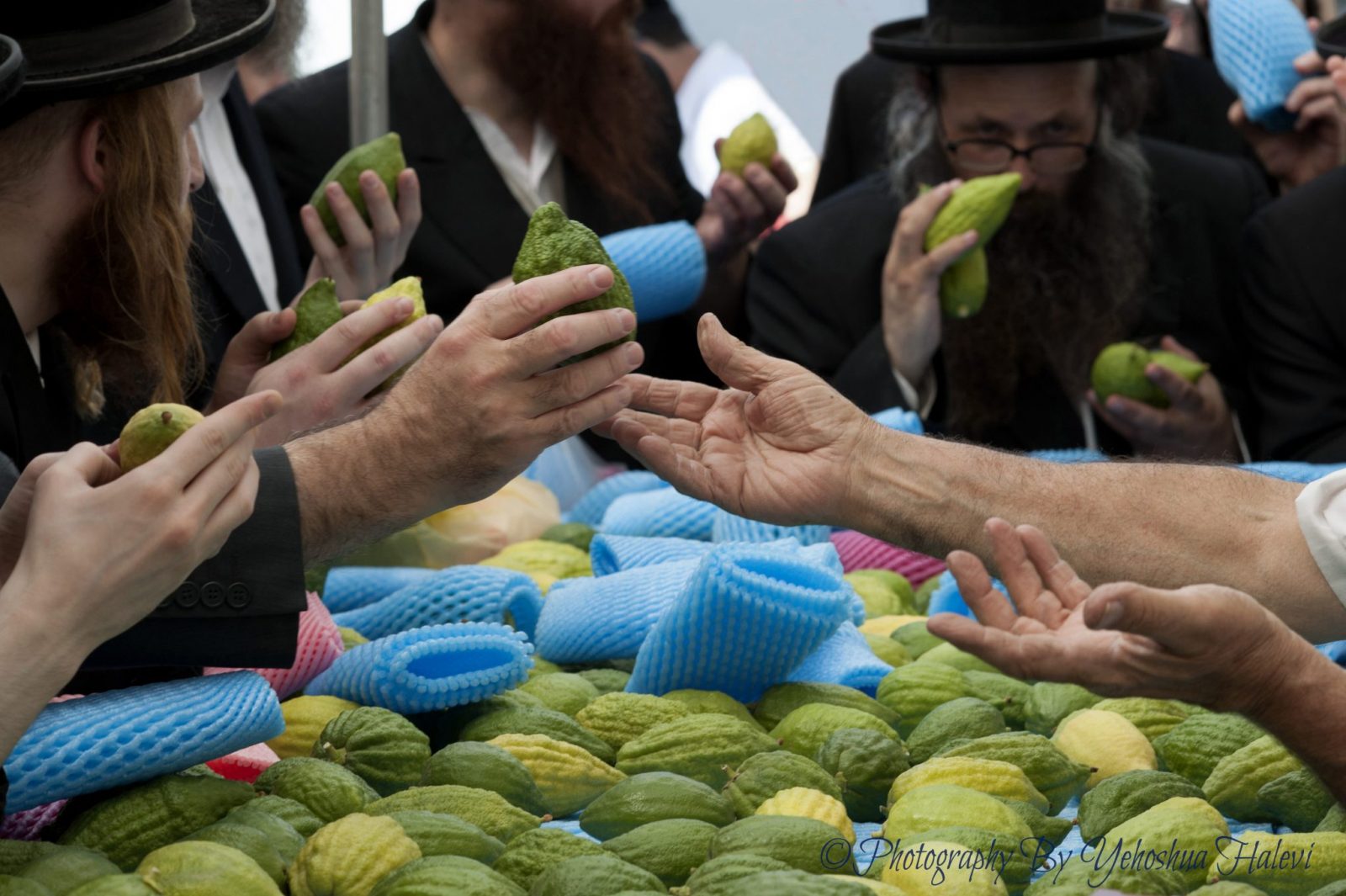
This year, the weeklong festival of Sukkot (Tabernacles, in English) began at sundown on Wednesday, October 4, with the rise of the full moon of the Jewish month of Tishrei.
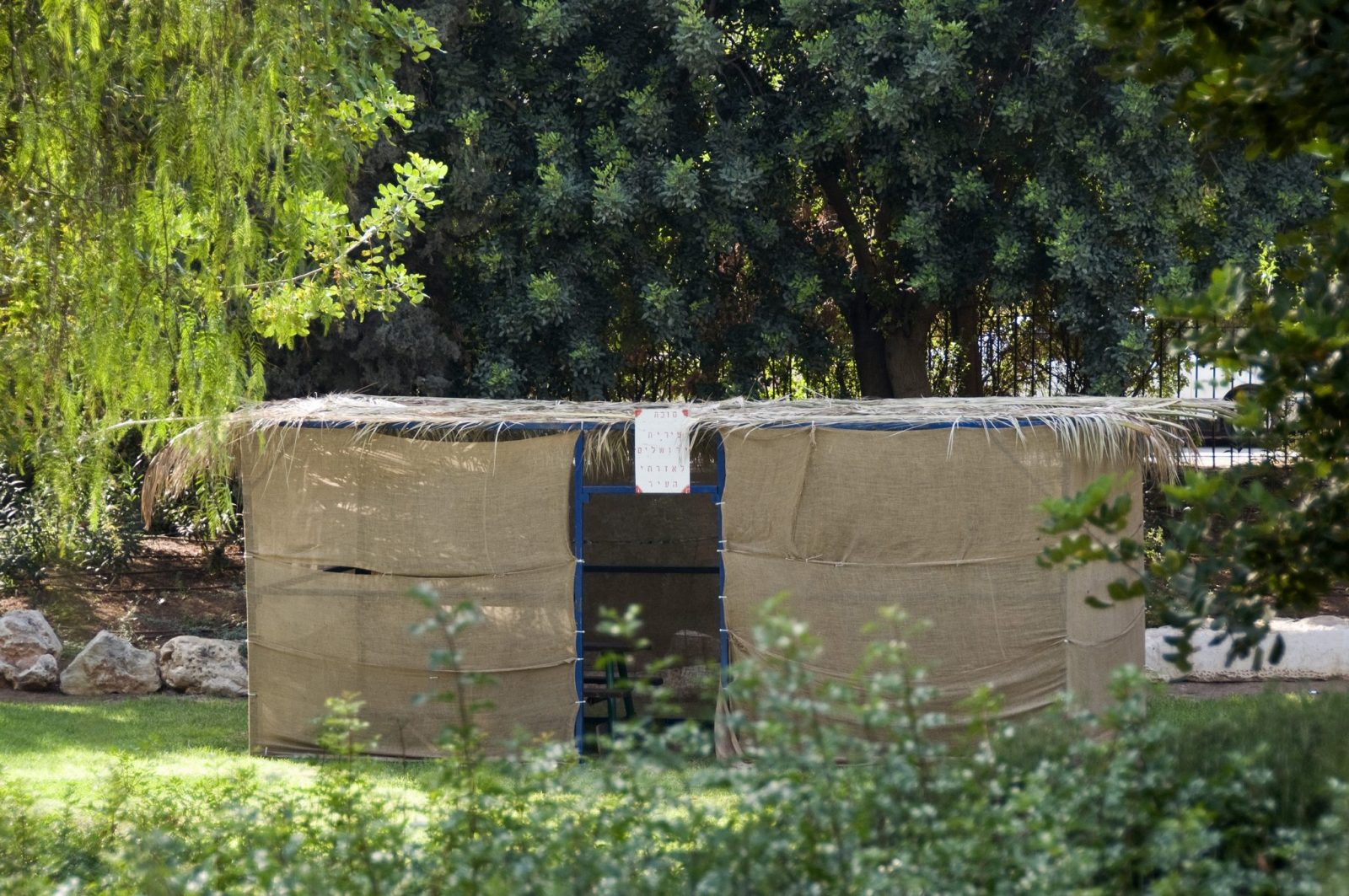
The holiday comes at the height of the harvest season, when farmers in times past built sukkot in their fields in order to spend the night close to their crops and maximize the hours of reaping.
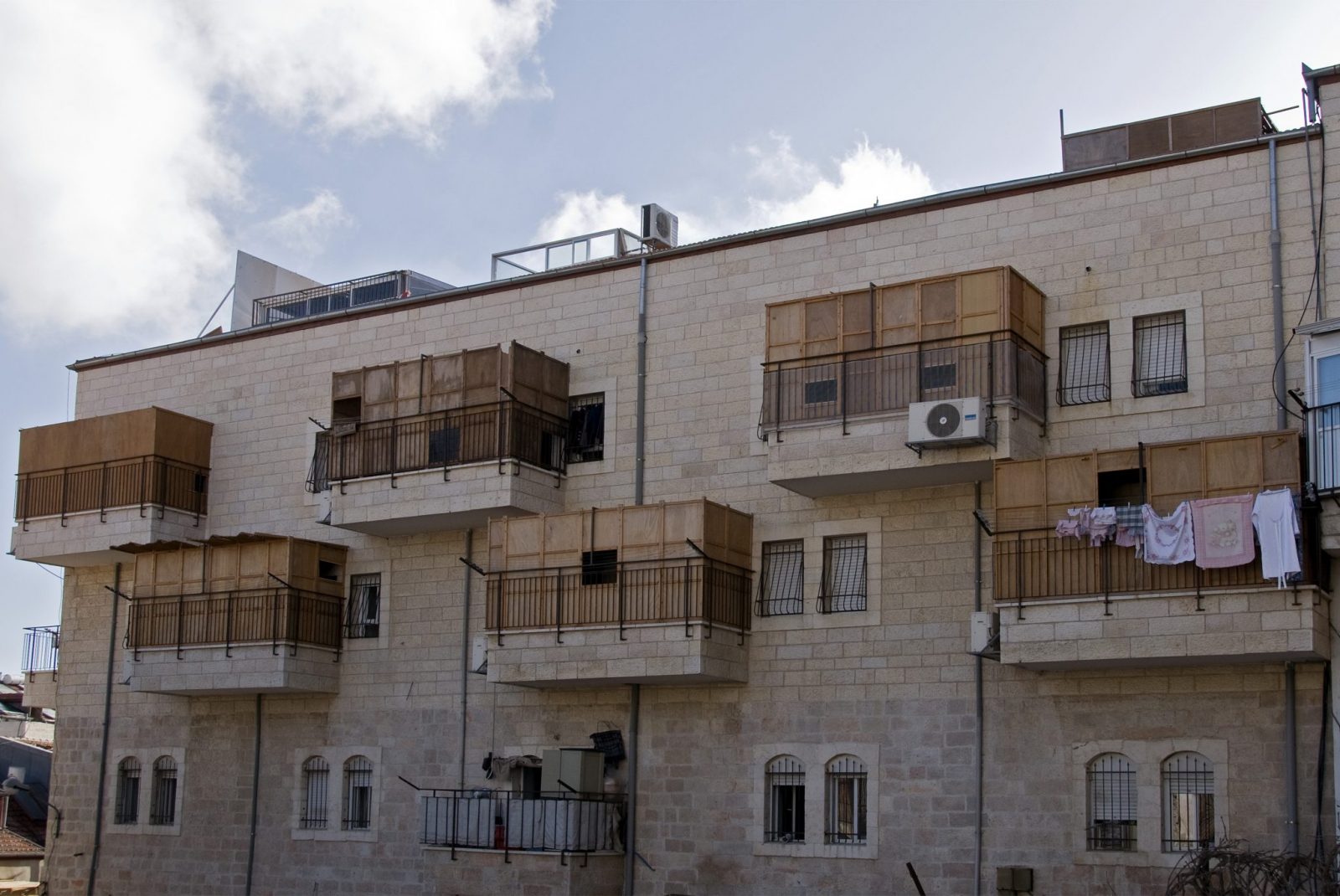
The sukkah can be made of any material but according to Jewish practice the roof must be made of a natural material (such as branches or bamboo) with enough gaps so that the sky is visible to the people inside.
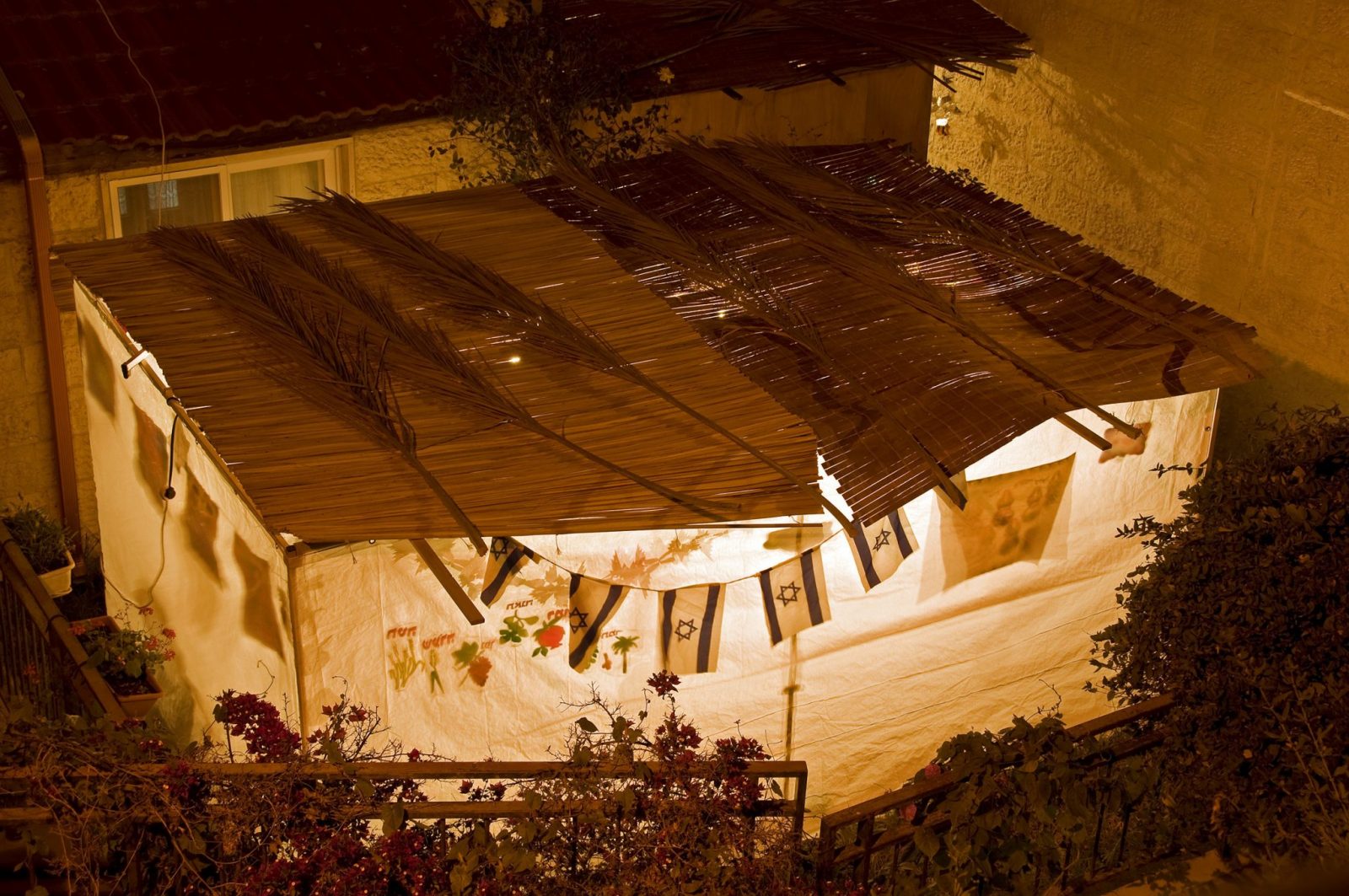
In Israel today, the harvest includes not only produce grown for food but also for the components of the arba’at haminim, the four species — etrog(citron) fruit, aravah (willow) and hadas (myrtle) branches and lulav (palm fronds) — which combine to form the central symbol of the holiday.
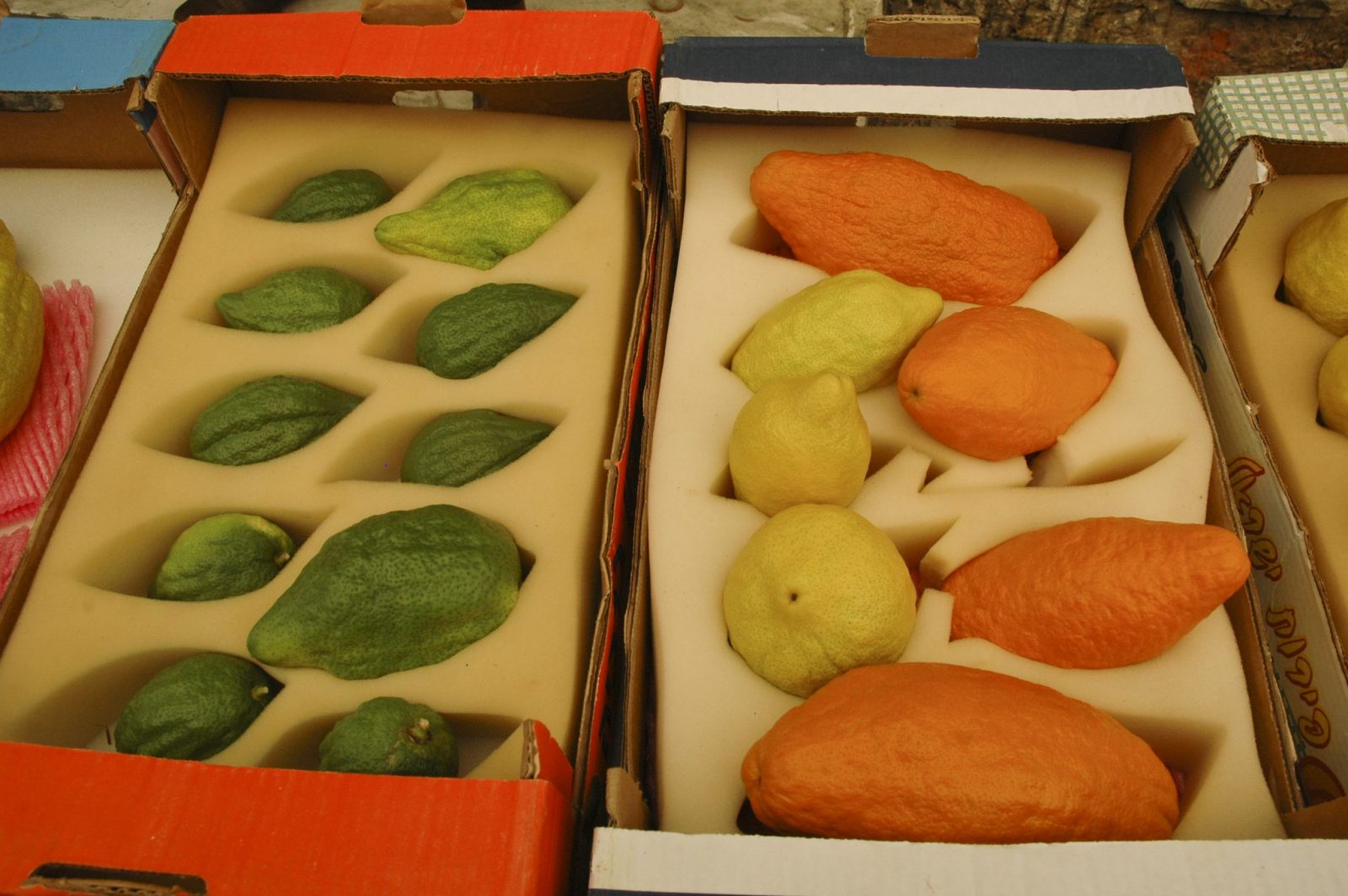
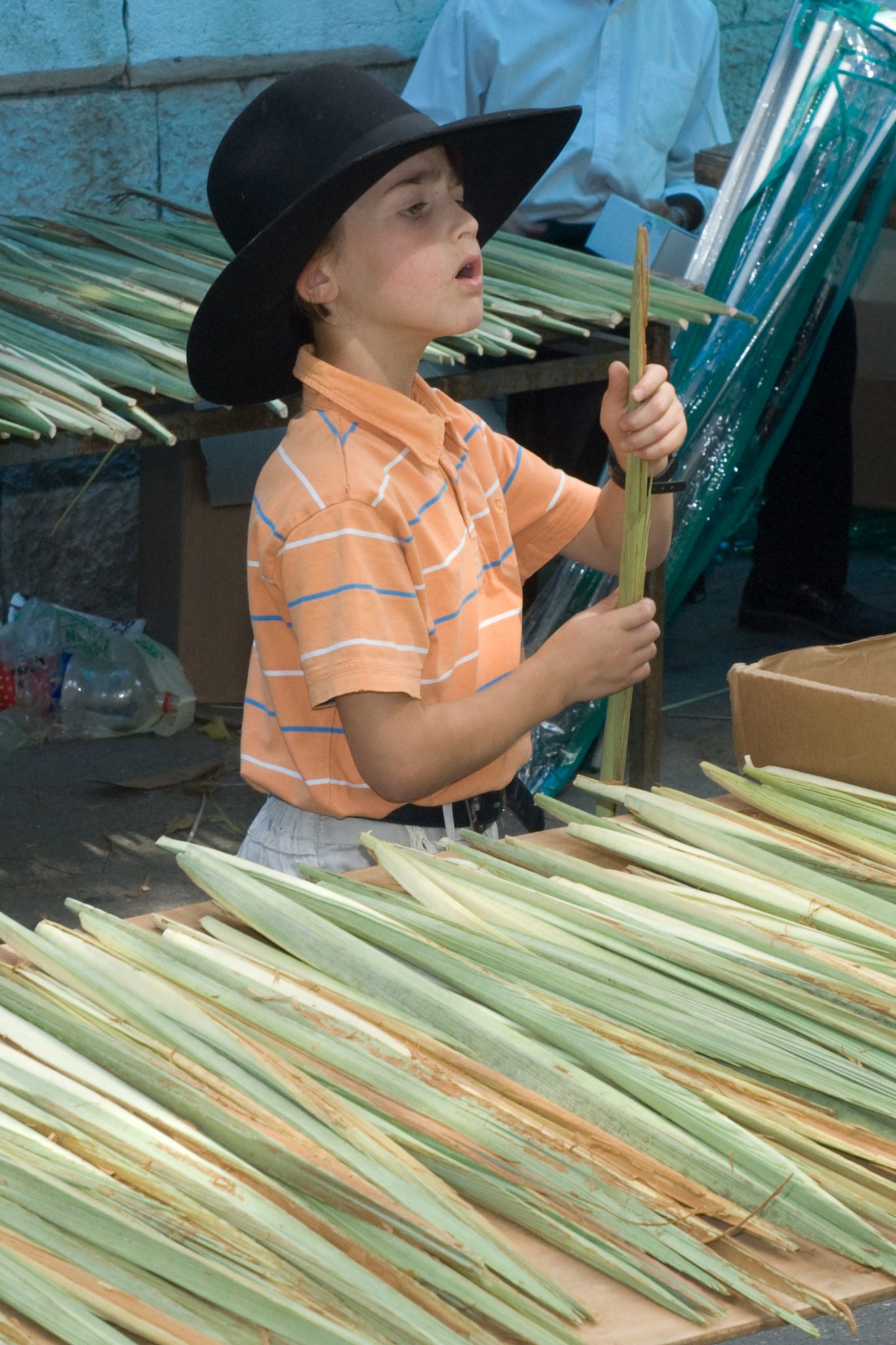
Across Israel, in the days leading up to Sukkot, makeshift markets appear selling the four species as well as sukkah decorations and a host of materials that enable quick and easy construction of a sukkah in an urban, residential setting.
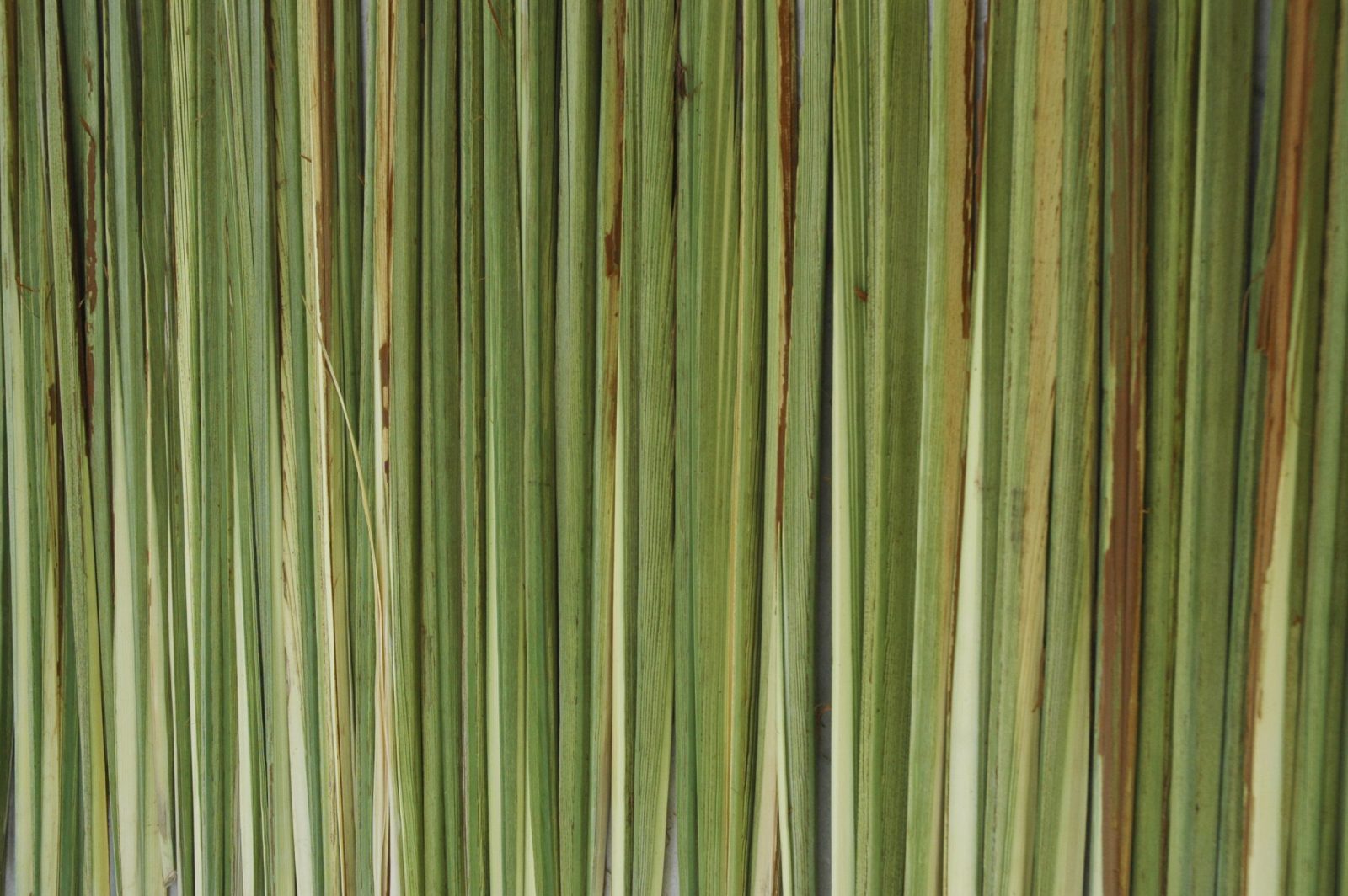
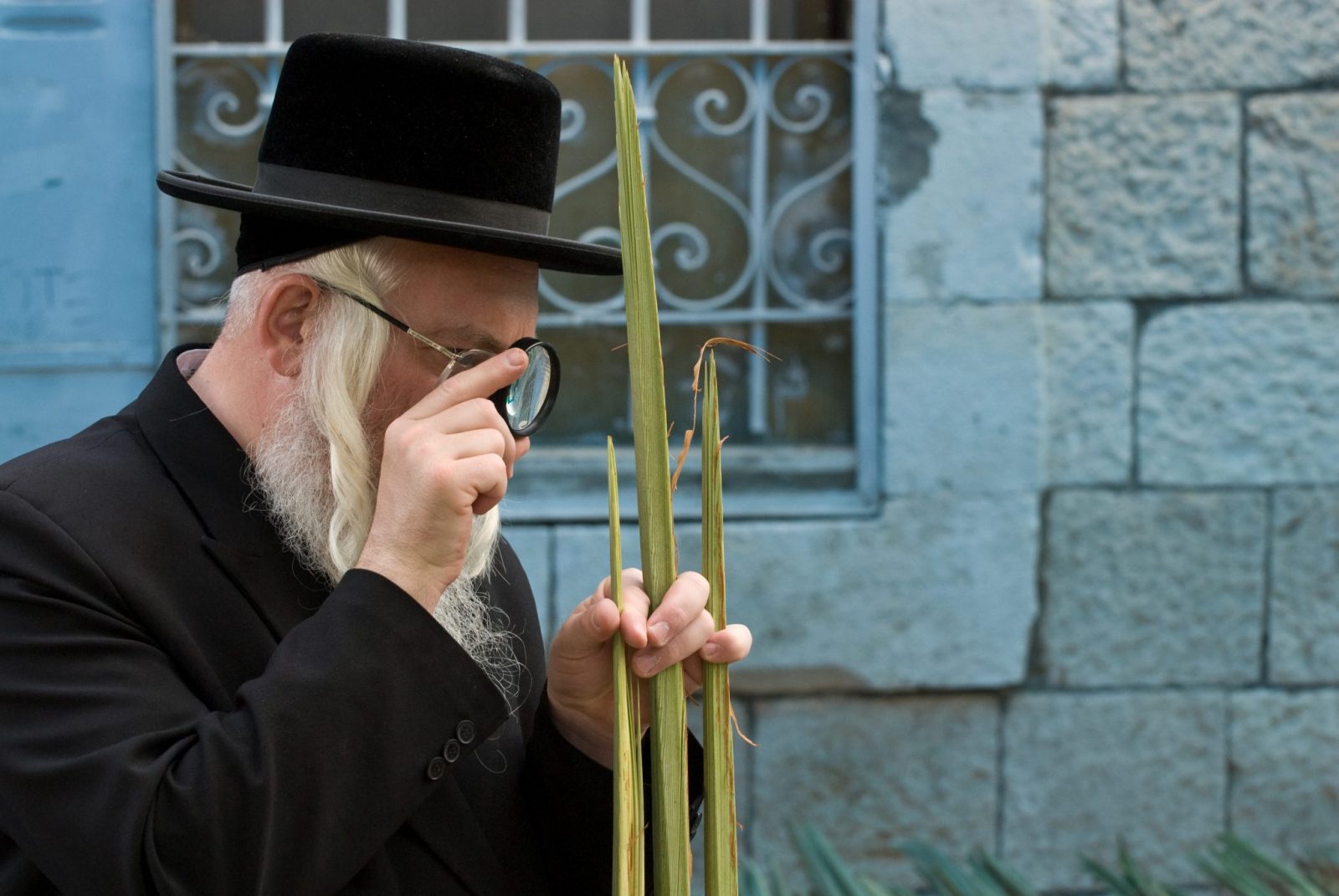
Throughout the holiday week, Israelis enjoy festive meals with friends and relatives in the outdoor huts constructed for this purpose. With the kids out of school, it’s also a time to travel around the country celebrating the bounty of the land under clear skies before the rainy season begins.
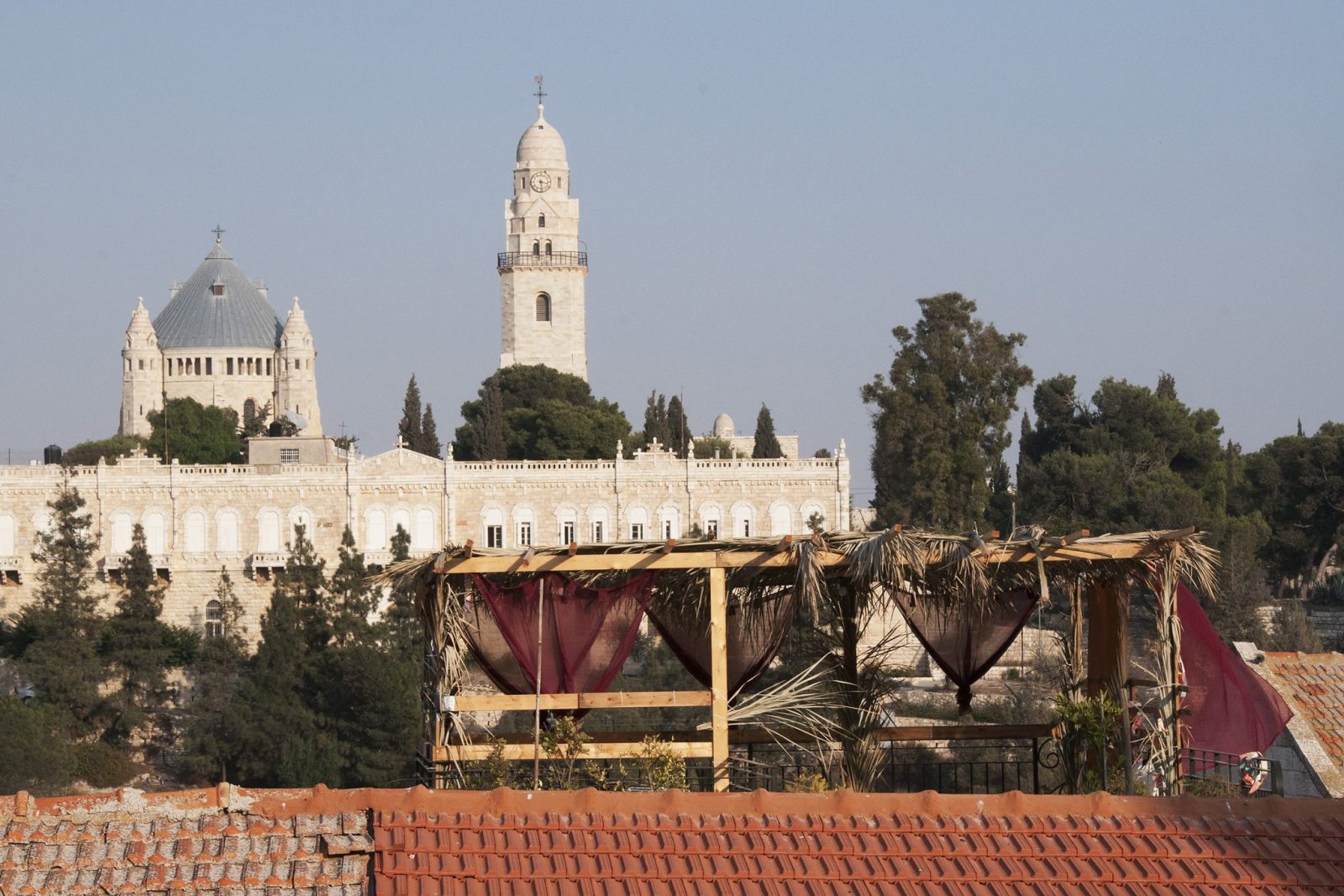
Sukkot is also a popular time for both Jewish and Christian tourism to Israel. Visitors wishing to take their meals in the holiday tradition will find sukkot set up at hotels, in national forests and in many municipal government complexes.
